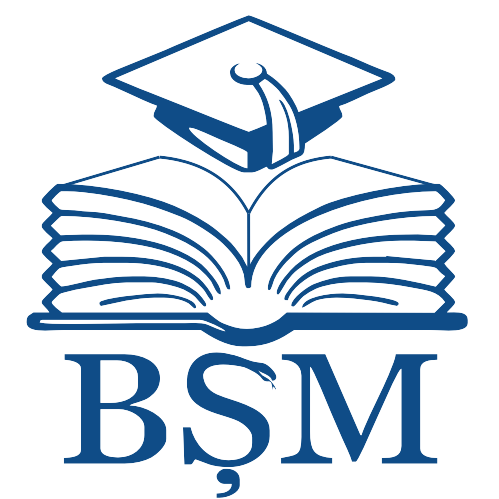|
|
- IRMS - Nicolae Testemitanu SUMPh
- 1. COLECȚIA INSTITUȚIONALĂ
- MATERIALE ALE CONFERINȚELOR ȘTIINȚIFICE
- The 19th Edition of the South-East European Ophthalmological Society Congress. October 18-19th, 2024, Chisinau, Republic of Moldova
- The 19th Edition of the South-East European Ophthalmological Society Congress Abstract book. October 18-19th, 2024, Chisinau, Republic of Moldova
Please use this identifier to cite or link to this item:
http://hdl.handle.net/20.500.12710/30330
| Title: | Orthokeratology role in miopia management |
| Authors: | Șcerbatiuc, Cristina |
| Issue Date: | 2024 |
| Publisher: | CEP Medicina |
| Citation: | ȘCERBATIUC, Cristina. Orthokeratology role in miopia management. In: The 19th SEEOS Congress: abstract book, Oct. 18-19th, 2024 / org. commit.: Eugeniu Bendelic [et al.]. Chişinău: CEP Medicina, 2024, p.12. ISBN 978-9975-82-393-7. |
| Abstract: | Introduction. One of the best techniques for reducing axial elongation and delaying
the onset of myopia in children is orthokeratology (OK). By wearing an OK lens
overnight, the central cornea can be flattened using a reverse design that creates a
flat central treatment zone surrounded by a steep mid-peripheral ring zone. This
steep mid-peripheral ring zone helps to create peripheral defocus to control the
progression of myopia, while the flat central treatment zone supports clear vision
throughout the day.
The purpose of this retrospective randomized study was to evaluate the
effectiveness of orthokeratology in controlling myopia.
Method. We investigate axial elongation of the eyeball in myopic children wearing
ortho-k lenses (study group) and single-vision spectacles (control group) for a period
of 4 years in Promed Clinic, Chisinau, Republic of Moldova. In total, 175 children (175
right eyes) with myopia met the inclusion criteria were selected in study, and
devided in 2 groups. The inclusion criteria for the study group were: age of 8–18
years at baseline, cycloplegic autorefraction from − 6.00 to − 1.25 (D) in both eyes,
(3) astigmatism (cycloplegic autorefraction) ≤ 1.50 D, (4) anisometropia (cycloplegic
autorefraction) ≤ 1.50 D, overnight treatment with OK lens, a follow-up time ≥ 2
years. The exclusion criteria for study group were: strabismus and binocular vision
abnormalities; ocular and systemic abnormalities; incomplete data.
Result. The 4-year trial involved 85 ortho-k patients (40 females, 45 males) and 90
control subjects (42 females, 48 males). There were no significant differences in the
baseline data (P > 0.05) between the two subject groups. In the ortho-k group, the
average age was 11.10 ± 1.15 years, while in the control group it was 11.35 ± 1.20
years. The initial myopia was 3.15 ± 0.75D in the ortho-k group and 3.30 ± 0.80D in
the control group. The subjects' axial length increased over time in both groups. In
the control groups, the increase over time was statistically significant and happened
more rapidly (P < 0.01). At each follow-up visit, the ortho-k group consistently
showed a lower rate of axial elongation compared to the control group (P < 0.001).
After four years, the average increase in axial length for ortho-k participants was less
than that of control subjects.
Conclusions. Orthokeratology (ortho-k) reduced the number of myopic children
showing fast progression and also slowed down the elongation of the eye's axial
length. |
| metadata.dc.relation.ispartof: | The 19th Edition of the South-East European Ophthalmological Society Congress. October 18-19th, 2024, Chisinau, Republic of Moldova |
| URI: | https://repository.usmf.md/handle/20.500.12710/30330 |
| ISBN: | 978-9975-82-393-7 |
| Appears in Collections: | The 19th Edition of the South-East European Ophthalmological Society Congress Abstract book. October 18-19th, 2024, Chisinau, Republic of Moldova
|
Items in DSpace are protected by copyright, with all rights reserved, unless otherwise indicated.
|


